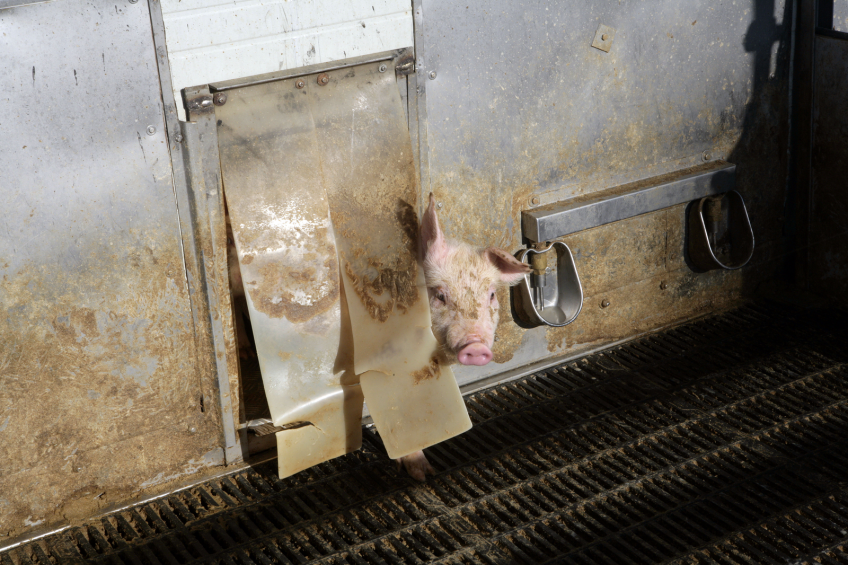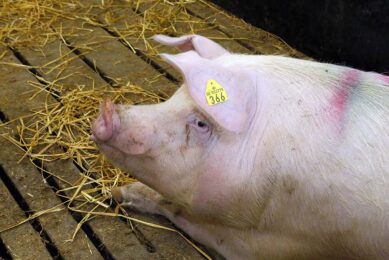Heat stress likely to limit pig production

Heat stress is likely one of the primary factors limiting profitable pig and animal protein production and should therefore be thoroughly studied and understood.
That, in short was a strong statement in a recent article by US scientists from Iowa State University and Virginia Tech University that was published in Animal Production Science.
Defining the biology of heat stress
The researchers write: “Unfortunately, genetic selection for both increased litter size and leaner phenotypes decreases pigs’ tolerance to heat, as enhanced foetal development and protein accretion results in increased basal heat production.”
“Additionally, research has demonstrated that in utero heat stress negatively and permanently alters post-natal body temperature and body composition and both variables represent an underappreciated consequence of heat stress.”
Advances in management
They continue, “Advances in management (i.e. cooling systems) have partially alleviated the negative impacts of heat stress, but productivity continues to decline during the warm summer months.
“The detrimental effects of heat stress on animal welfare and production will likely become more of an issue in regions most affected by continued predictions for climate change, with some models forecasting extreme summer conditions in key animal-producing areas of the globe.”
Defining the biology of heat stress
The researchers therefore state that “knowledge of biology of how heat stress jeopardises animal performance is ‘critical’ in developing approaches (genetic, managerial, nutritional and pharmaceutical) to ameliorate current production issues and improve animal wellbeing and performance.”
Heat stress and its consequences
Heat stress has far-reaching consequences, they write. Heat stress negatively influences the global pork industry and undermines genetic, nutritional, management and pharmaceutical advances in management, feed and reproductive efficiency.
The scientists write: “Specifically, heat stress-induced economic losses result from poor sow performance, reduced and inconsistent growth, decreased carcass quality, mortality, morbidity, and processing issues caused by less rigid adipose tissue (also known as flimsy fat).”
“When environmental conditions exceed the pig’s thermal neutral zone, nutrients are diverted from product synthesis (meat, foetus, milk) to body temperature maintenance thereby compromising efficiency.”
Primary factors limiting animal protein production
The researchers write, “Heat stress is likely one of the primary factors limiting profitable animal protein production and will certainly continue to compromise food security (especially in emerging countries) and regionalise pork production in developed countries. Thus, there is an urgent need to have a better understanding of how heat stress reduces animal productivity.”
The article was written out by J.W. Ross, B.J. Hale, N.K. Gabler, A.F. Keating and L.H. Baumgard of the Department of Animal Science, Iowa State University, Ames, IA and R.P. Rhoads of the Department of Animal and Poultry Sciences, Virginia Tech University, Blacksburg, VA, USA.











